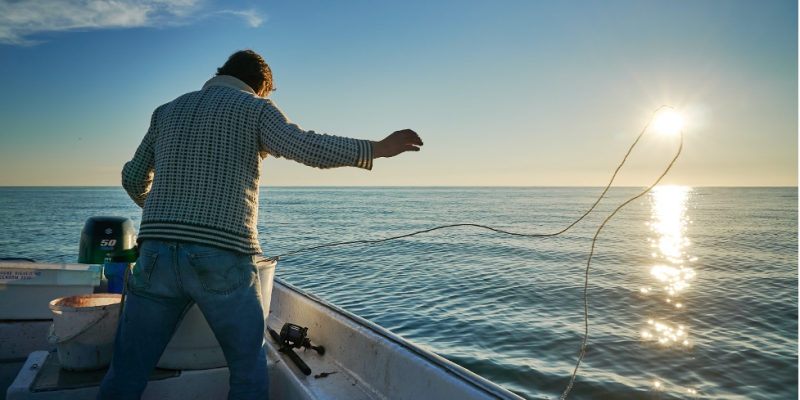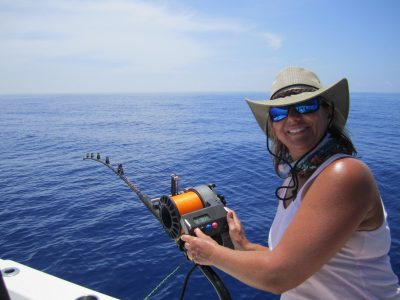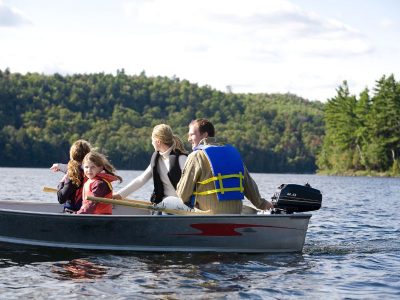Tip #6
Do your homework before going out. Be aware of the tides and weather conditions when fishing in saltwater. A change in the tide can make a big difference in where and how you fish. And be sure to check the weather forecast before heading out, especially if you are going offshore. You don’t want to get stuck in a storm, or even worse out at sea.
Tip #7
Your fishing knot and line need to be able to take a beating from the sharp teeth fish, rocks, corals, crabs, and sharp encounters. You may need to tie a leader (heavier line or fluorocarbon) onto the end of your line for certain types of fishing. Knots need to match conditions and type of fishing your planning on doing. Do not over tackle with heavier line than needed.
Tip #8
Change monofilament regularly. Monofilament is a type of fishing line that’s popular because it’s inexpensive and easy to use. However, monofilament wears out over time due to exposure to sunlight and water. Replace your old monofilament with a new line every six months or so to avoid losing fish due to weak lines breaking under pressure from the fish. At the very least, clip off the weaker section of the line and retie the leader. For huge fish with rough lips, extra-heavy monofilament is needed.
Tip #9
Set your reel drag to match the breaking strength of the line and leader. Be prepared for a fight. Saltwater fish can be very strong and put up a good fight and it is ok to have long runs that take line off the reel – when the fish starts running, let it run and don’t reel until the fish starts to slow. Make sure you have a rod and reel that can handle the challenge. The rod and reel when matched properly will work in tandem to catch fish.
For spinning reels, don’t reel against the drag. When you hear the drag system buzzing and keep reeling, you are not retrieving any line and creating nasty curls in your line. Should that happen, let the line out from the back of the boat with nothing on the end, drag it for a few minutes then reel it back in, keeping pressure on the line with your finger so the line goes tightly on the reel with no loops or loose line.
Tip #10
Do your pre homework and understand the best way to present your bait or lure for the fish targeting. This will increase your chances of getting a bite. Fish have set feeding behaviors, learn what they are in the area you are planning to fish.
If you are trolling, there is a certain order and length to let out your lures so they don’t get tangled. Outriggers widen the area you can fish, again it’s a certain order. Research the proper trolling speed (you can troll offshore or inshore) and avoid line tangles by taking wide turns.
If casting, look behind you before you cast so you don’t injure another person.
Feel free to share this content with your friends and loved ones who need help in getting started on their saltwater fishing trips.
Enjoy your saltwater fishing!


